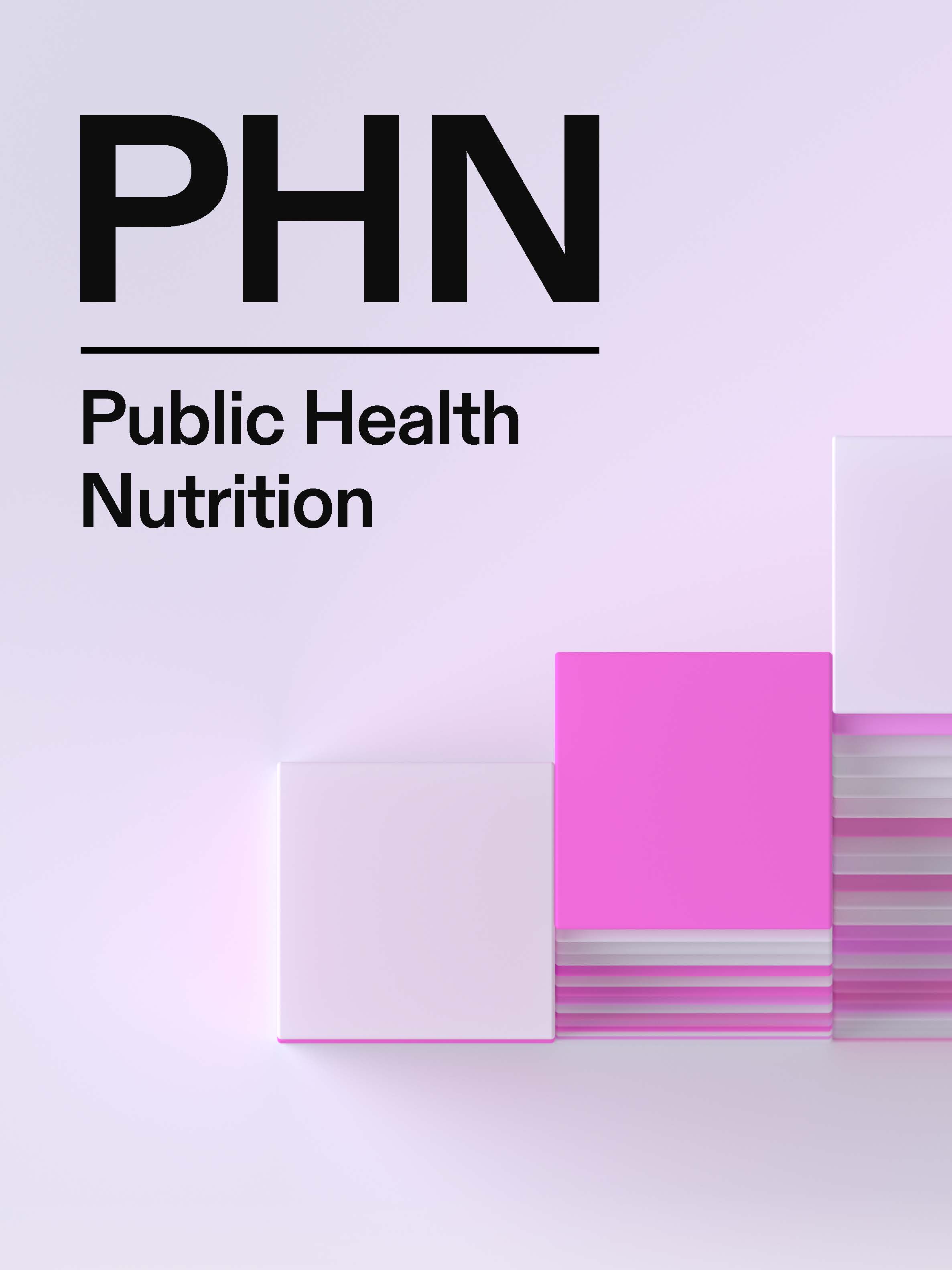TL;DR
Generally, the practical way to identify if a product is ultra-processed is to check to see if its list of ingredients contains at least one item characteristic of the ultra-processed food group, which is to say, either food substances never or rarely used in kitchens, or classes of additives whose function is to make the final product palatable or more appealing (‘cosmetic additives’).
Food substances not used in kitchens appear in the beginning or in the middle of the lists of ingredients of ultra-processed foods. These include hydrolysed proteins, soya protein isolate, gluten, casein, whey protein, ‘mechanically separated meat’, fructose, high-fructose corn syrup, ‘fruit juice concentrate’, invert sugar, maltodextrin, dextrose, lactose, soluble or insoluble fibre, hydrogenated or interesterified oil; and also other sources of protein, carbohydrate or fat which are neither foods from NOVA group 1 or group 3, nor culinary ingredients from NOVA group 2. The presence in the list of ingredients of one or more of these food substances identifies a product as ultra-processed.
Cosmetic additives are at the end of lists of ingredients of ultra-processed foods, together with other additives. As said above, cosmetic additives include flavours, flavour enhancers, colours, emulsifiers, emulsifying salts, sweeteners, thickeners, and anti-foaming, bulking, carbonating, foaming, gelling and glazing agents. The presence in the list of ingredients of one or more additives that belong to these classes of additives also identifies a product as ultra-processed.
Although information in ingredients labels is not fully standardized in all countries, some of the most frequently used cosmetic additives such as flavours, flavour enhancers, colours and emulsifiers are usually easy to identify in ingredients lists. They are often expressed as a class, such as flavourings or natural flavours or artificial flavours; or their names are followed by their class, such as ‘monosodium glutamate (flavour enhancer)’, or ‘caramel colour’, or ‘soya lecithin as emulsifier’. Other cosmetic additives may be known to consumers, such as certain types of sweeteners like aspartame, cyclamate or compounds derived from stevia. In any case, the UN Codex Alimentarius provides a regularly updated list of additives with their functional classes as well as an online search facility where both names and classes of additives can be browsed.



You should only be using those substitutes while you’re still getting used to a vegan diet. Treat them like training wheels on a bicycle that need to be taken off and replaced with a proper balance(d diet) once you’re feeling secure.
It sorta went the opposite for me, when I first started with a vegan diet I abstained from all substitutes and eventually I learned to use them to recreate foods I thought I wouldn’t be able to eat again.